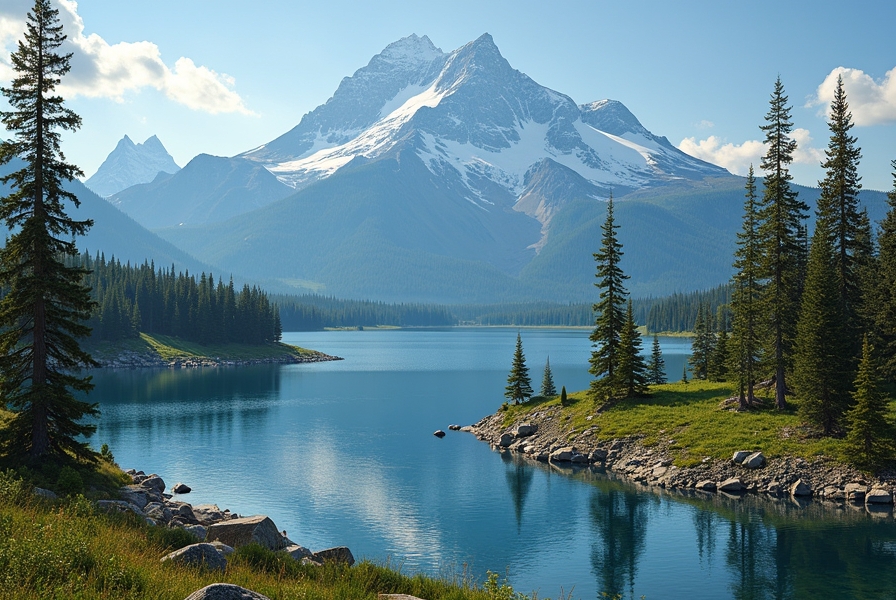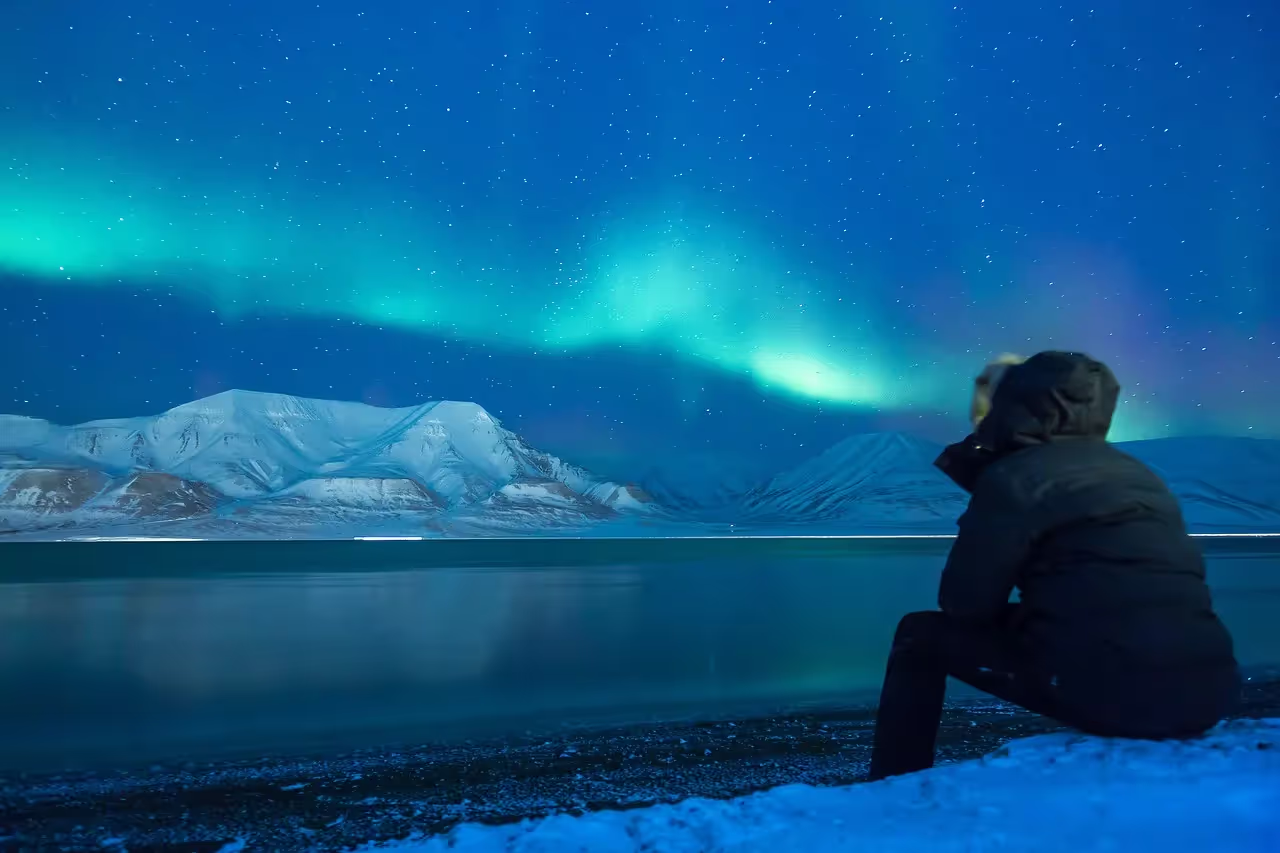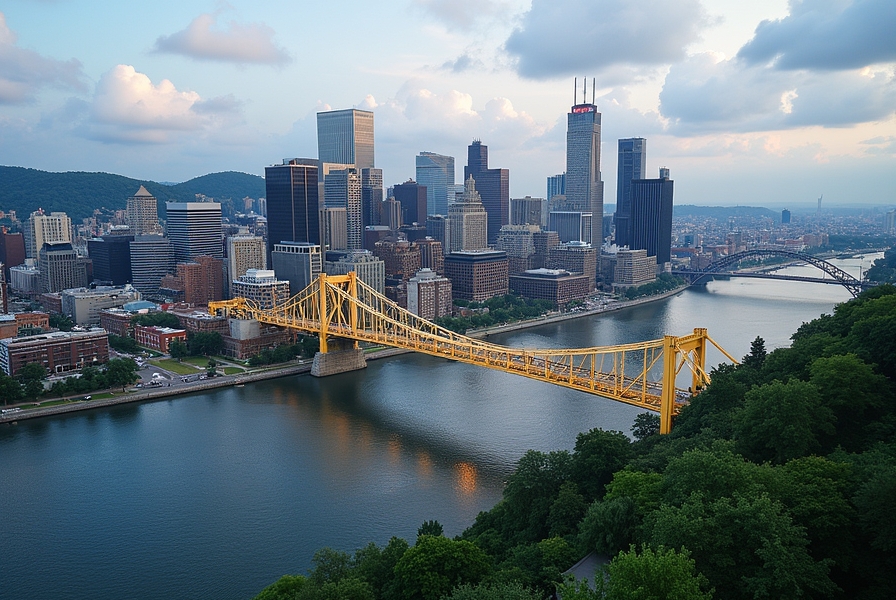Comparing Montana and Wisconsin: Geography, Lifestyle, and Opportunities
Are you considering a move or vacation to the northern United States? Montana and Wisconsin stand out for their unique landscapes, cost of living, and economic opportunities. Both states attract families, outdoor adventurers, and professionals seeking a high quality of life. This comprehensive comparison highlights key facts about living in Montana and Wisconsin, from job prospects to the best places to live, climate, and education.
Montana vs Wisconsin: Location, Size, and Natural Scenery
Montana, known as Big Sky Country, is the fourth largest U.S. state by area but ranks among the least populated. It boasts a wide variety of terrain: majestic mountains, sprawling prairies, and crystal-clear lakes. Notable natural landmarks include Glacier National Park and parts of Yellowstone National Park.
Wisconsin, the Badger State, sits in the Midwest with two Great Lakes—Lake Superior and Lake Michigan—forming much of its border. It features rolling hills, forests, rivers, and a mix of urban and rural communities. Wisconsin’s landscapes include the scenic Driftless Area and hundreds of lakes, making it popular for water recreation and outdoor living.
- Montana size: 147,040 square miles
- Wisconsin size: 65,498 square miles
- Montana population (2023): ~1.12 million
- Wisconsin population (2023): ~5.9 million
Cost of Living: Is Montana Cheaper Than Wisconsin?
Cost of living matters when comparing Montana and Wisconsin. Housing costs and everyday expenses can be dramatically different.
- Montana: Housing prices have increased significantly in recent years, especially in cities like Bozeman and Missoula. Groceries, utilities, and transportation are close to the national average. No state sales tax.
- Wisconsin: Median home prices are generally lower than those in Montana’s trendy urban areas. Residents pay a state sales tax and higher property taxes. Utilities and transportation costs remain roughly average.
If you prioritize no sales tax and a rural lifestyle, Montana offers unique advantages. For affordability in mid-sized cities and strong local economies, Wisconsin stands out.
Montana vs Wisconsin: Job Market and Economy
Montana and Wisconsin have diverse yet regionally distinct economies. Consider the following factors when comparing job opportunities:
- Montana’s top industries: Agriculture, tourism, forestry, mining, and healthcare. Tech and remote work are growing, especially post-pandemic.
- Wisconsin’s top industries: Manufacturing (especially dairy, cheese, machinery), healthcare, education, and tourism. The state is a national leader in cheese and dairy production.
- Unemployment rate (early 2024): Montana ~2.6%, Wisconsin ~2.9% (both below the national average).
- Median household income: Montana $65,000; Wisconsin $70,000 (2023 estimates).
While both states are growing, Wisconsin cities like Madison and Milwaukee offer more jobs in technology, finance, and healthcare. Montana specializes in sectors tied closely to its natural resources and growing recreation economy.
Best Places to Live in Montana and Wisconsin
- Montana: Bozeman, Missoula, Billings, Helena, and Kalispell are popular for their mix of amenities, outdoor access, and strong communities.
- Wisconsin: Madison, Milwaukee, Green Bay, Eau Claire, and Appleton are known for good schools, lively downtowns, and affordable homes.
Your best fit depends on your career, family needs, and lifestyle preferences. Montana favors wide-open spaces and rugged beauty. Wisconsin features more suburban and small-city living with strong public services.
Weather and Climate: Extreme Differences
Montana and Wisconsin both offer four distinct seasons, but their climates vary greatly.
- Montana: Long, cold winters with heavy snowfall—especially in mountainous regions. Summers are warm, dry, and sunny. Large day-night temperature swings.
- Wisconsin: Cold, snowy winters but with more humidity. Summers are warm and can be humid. Proximity to the Great Lakes tempers climate extremes, bringing more rain and cloud cover.
Montana is ideal for lovers of winter sports and hiking. Wisconsin offers excellent conditions for boating, fishing, and cross-country skiing.
Education: Schools and Higher Learning in Montana and Wisconsin
Both states invest in public education. However, Wisconsin has more higher education options and ranks higher for school quality on most national surveys.
- Montana: Montana State University (Bozeman), University of Montana (Missoula), and several respected liberal arts colleges.
- Wisconsin: University of Wisconsin system (Madison, Milwaukee), Marquette University, and many technical colleges.
- High school graduation rates: Both are above 85% (national average hovering around 86%).
Wisconsin’s public universities are often ranked among the best in the Midwest, while Montana schools are known for smaller class sizes and individualized attention.
Quality of Life: Recreation, Safety, and Community
Quality of life can be highly personal, but here are some general features for each state:
- Montana: Known for low population density, friendly communities, clean air, and outstanding access to nature. Crime rates are generally low outside a few metro areas.
- Wisconsin: Rich in arts, festivals, and sports culture. Communities value education and civic engagement. Wisconsin’s mix of urban and rural lets you choose the pace of life.
Montana suits those who crave solitude and wilderness. Wisconsin offers lots of community events, recreation leagues, and a love for the Green Bay Packers.
Frequently Asked Questions: Montana vs Wisconsin
Where are the best places to retire: Montana or Wisconsin?
Both states are favorites among retirees. Montana is celebrated for low population density, natural beauty, and no sales tax. Wisconsin offers affordable housing, quality healthcare, and many active senior communities. Cities like Missoula (MT) and Madison (WI) are especially popular for retirees seeking access to healthcare and recreation.
Which state has lower taxes: Montana or Wisconsin?
Montana has no state sales tax, making purchases more affordable. Property taxes are generally lower than in Wisconsin. Wisconsin residents pay state and local sales taxes plus higher property taxes. Income tax rates are comparable between both states.
Which state is better for outdoor activities: Montana or Wisconsin?
Montana is known for hiking, skiing, and mountain adventures, with access to Yellowstone and Glacier National Parks. Wisconsin is famous for fishing, boating, and lake recreation, plus year-round festivals. Both are excellent for outdoor enthusiasts but offer different experiences due to their geography.
Are job opportunities better in Montana or Wisconsin?
Wisconsin has a larger economy and more job openings, especially in manufacturing, healthcare, and tech. Montana has strong opportunities in tourism, agriculture, and increasingly, remote work. Your field and desired lifestyle play a big role in the best choice for you.
How do public schools compare in Montana and Wisconsin?
Wisconsin’s K-12 public schools usually rank higher in academics and graduation rates. Montana’s schools offer more personalized attention and smaller class sizes. Both states prioritize education, so the best choice depends on your child’s needs and community fit.
Montana vs Wisconsin: Which State Is Right for You?
Your decision may depend on career needs, climate preferences, and cost of living factors. Montana stands out for breathtaking landscapes and rural living. Wisconsin wins with affordable homes, community engagement, and urban amenities. Both states are wonderful places to raise a family, start a business, or enjoy retirement.






.avif)


.avif)

.svg)



